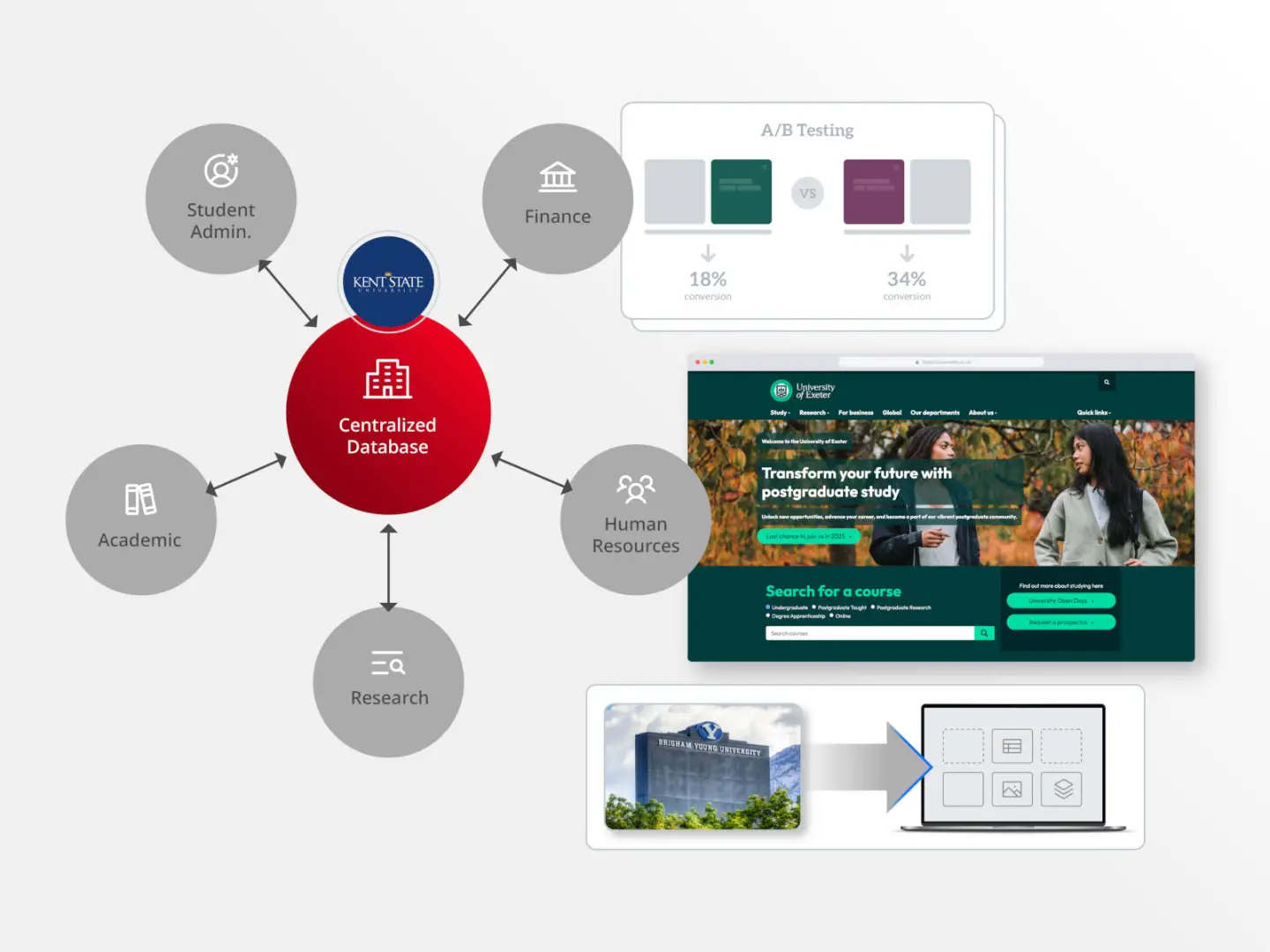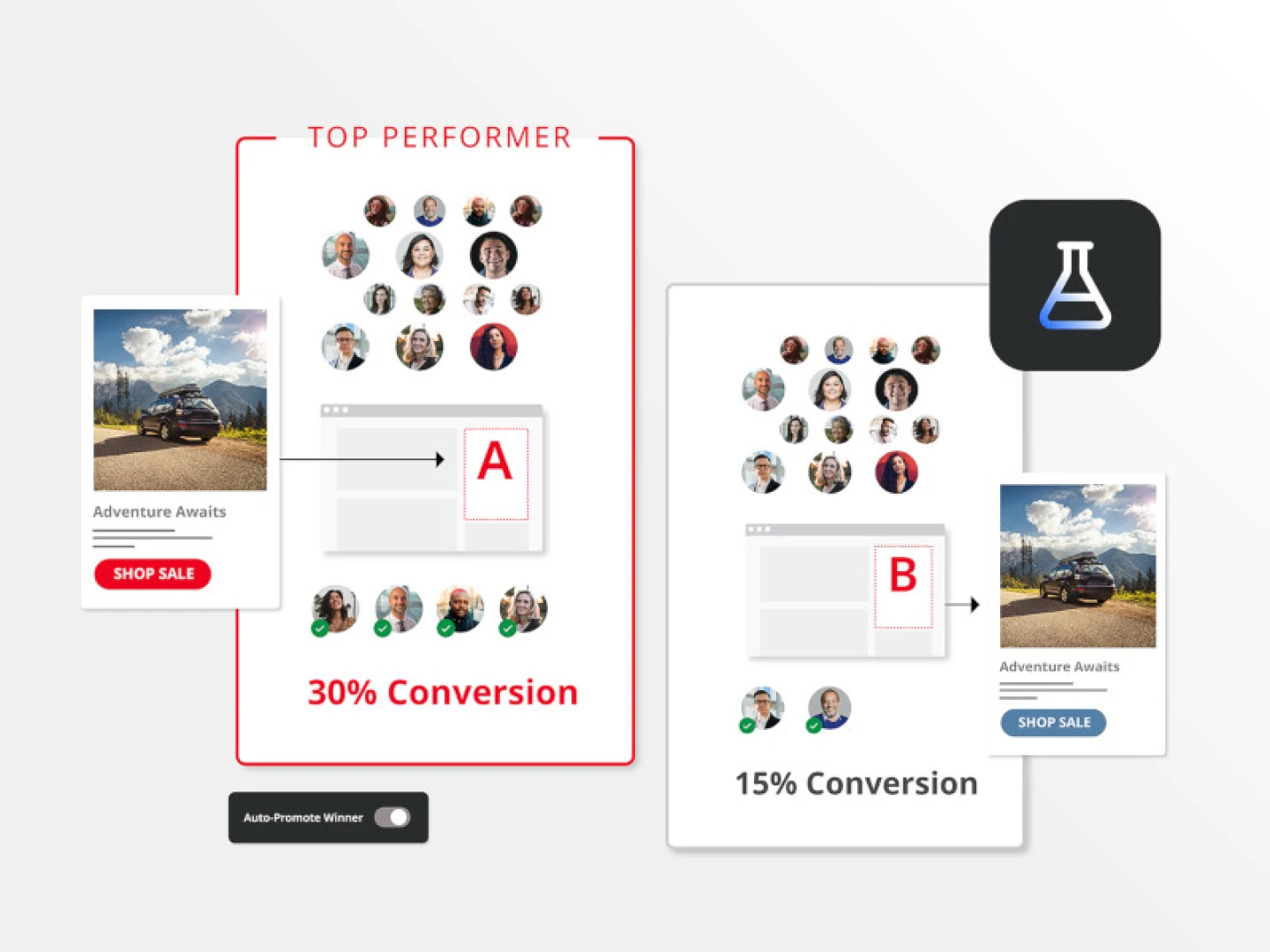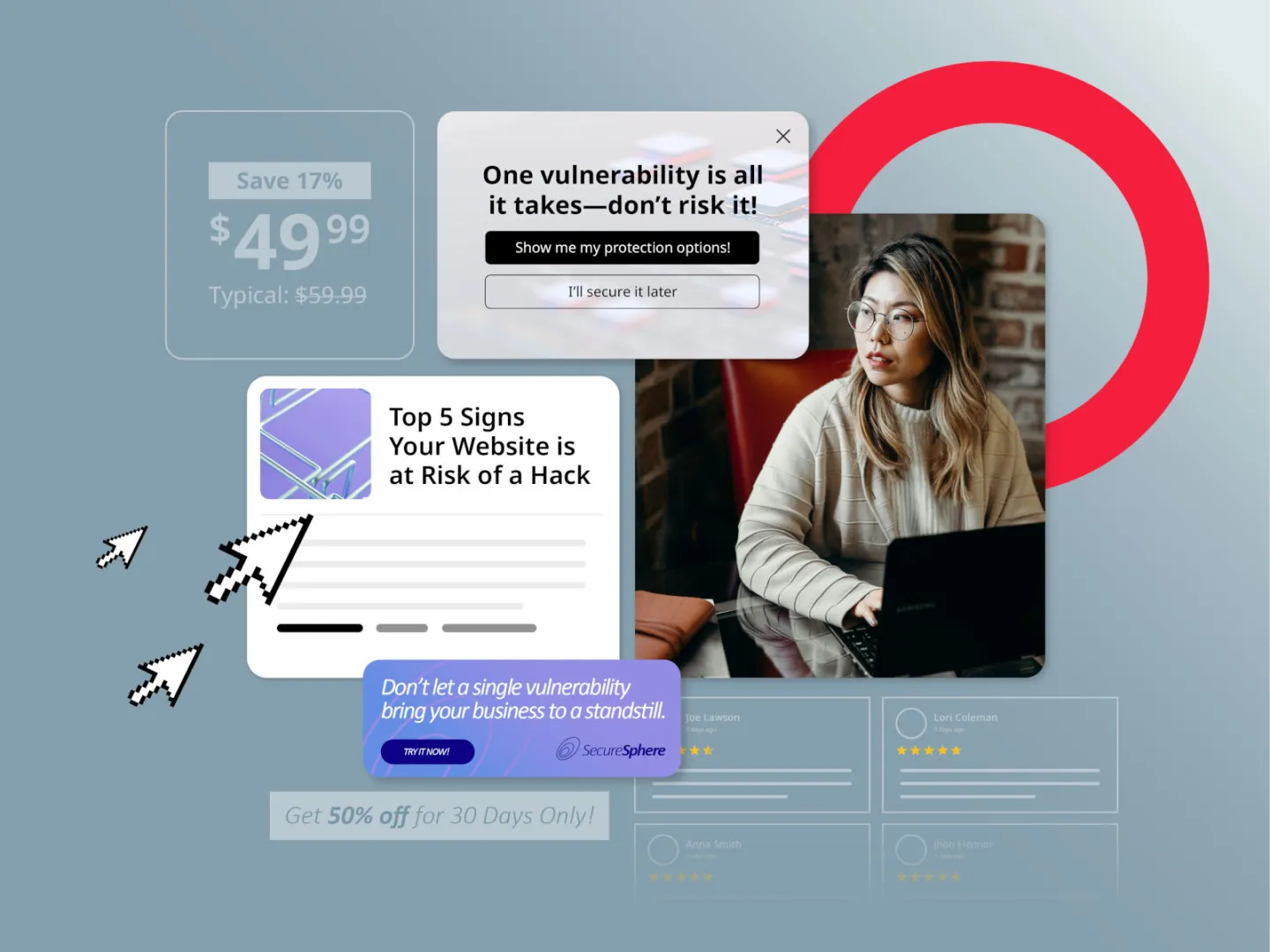Personalization
In today’s digital economy, buyers expect personalization at every touch point. Brightspot CMS helps you create personalized content and grow your audience engagement. Learn more about how to personalize digital experiences with the resources below.
Featured personalization resources
Higher education is under pressure to deliver seamless, student-first digital experiences that rival the best of the private sector. Institutions like Brigham Young Unversity, the University of Exeter and Kent State University are proving that transformation is possible by blending governance, technology and culture.
The privacy-first era is here — and it’s transforming how marketers operate. Regulations and platform changes are forcing a shift to consent-based strategies.
Discover how AI-powered CMS tools can streamline content creation, automate workflows and deliver personalized experiences in news and publishing.
Learn why atomizing content is essential for scalable, personalized marketing. Save time, reach more channels and boost ROI with modular content workflows.
If everything you put out is “same old, same old,” you’re never going to win the content game. Today’s consumers have seen it all, and they see more and more of it every day. If you want to truly connect with your target audience, you have to make them feel like you’re talking to them. One word: personalization.
Taking an omnichannel approach to distribution and using personalization to grow loyalty is a strategy that’s wildly successful—but challenging. Learn why.
Discover 13 essential content marketing tips to create data-driven strategies. Learn how to use AI, target audience insights and effective content hierarchies for success.
Navigate modern customer demands with a digital experience platform (DXP). Centralize, manage and optimize personalized experiences across touchpoints.
From highly localized content experiences that include translations and audience-specific variations, to deconstructing your content assets into small modular components for better re-use and efficiency, complex content challenges are solvable with the right publishing platform. Learn more here, plus watch our on-demand webinar to see the power of modular content, personalization, localization and more in action.
Find out here how brands and businesses can build trust with their audiences while continuing to aggregate meaningful data to improve and present the right digital experiences.
Are you wasting resources with repetitive tasks each time content needs to be reused or adapted? Are you recreating existing content over and over again to use for different endpoints? Do you find there is messaging inconsistency between channels? If so, modular content might be the answer you need to break the bottlenecks and move forward faster.
Modular content helps global marketing teams scale efficiently by enabling content reuse across channels and markets. With the right CMS, teams can maintain consistency while tailoring messaging for local audiences.
Today’s company intranet is playing a bigger role in organizations, especially as remote work becomes more of the norm. Intranet personalization is critical as a way to engage your employees and embed this as your home for creating community and culture experiences.
Multichannel marketing has been a growing tactic for years as consumers use more and more channels. Recently, the newer concept of “omnichannel marketing” has also come to the fore. Omnichannel is an evolution of multichannel, and the two disciplines can sometimes be challenging to distinguish.
Providing content to customers and users that proves not only valuable, but also consistent, with your brand helps to build and maintain brand exposure across important channels and reinforce messaging that boosts engagement. Here are some tips for ways to map content on your website to the customer journey.



